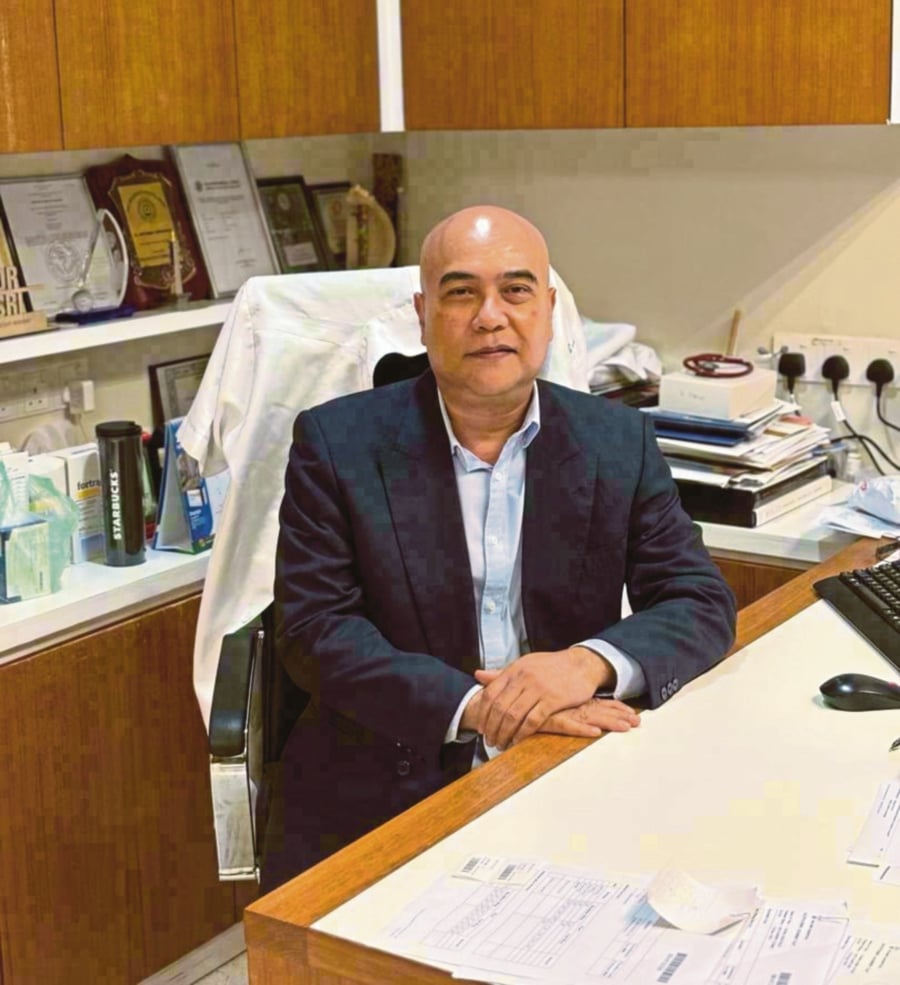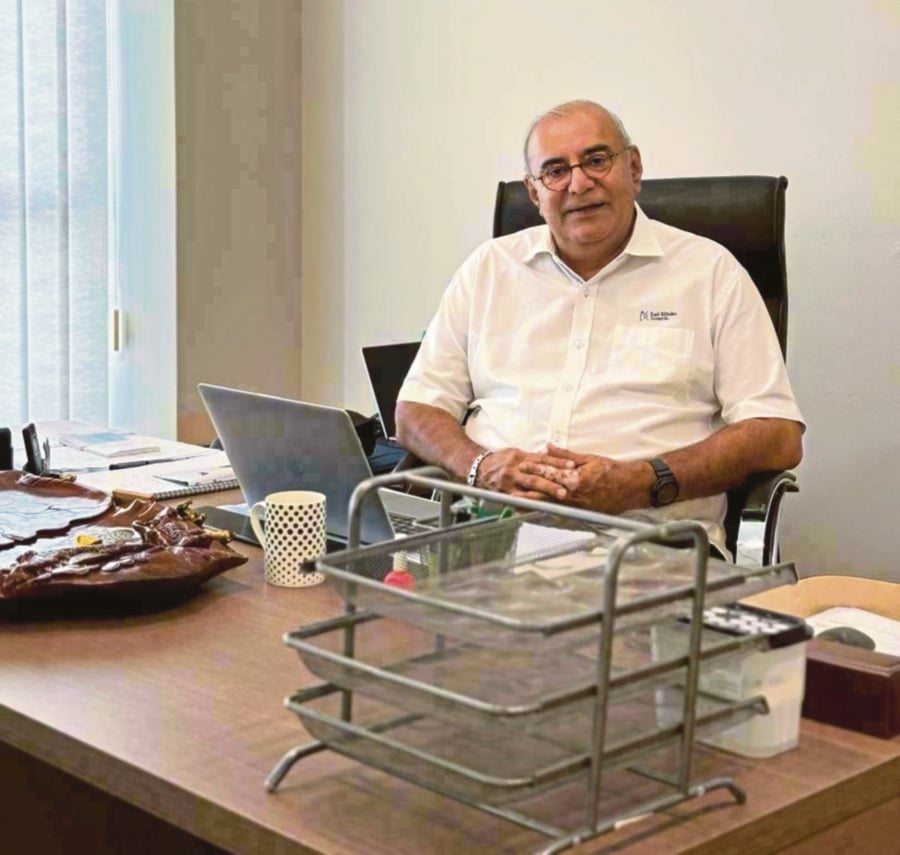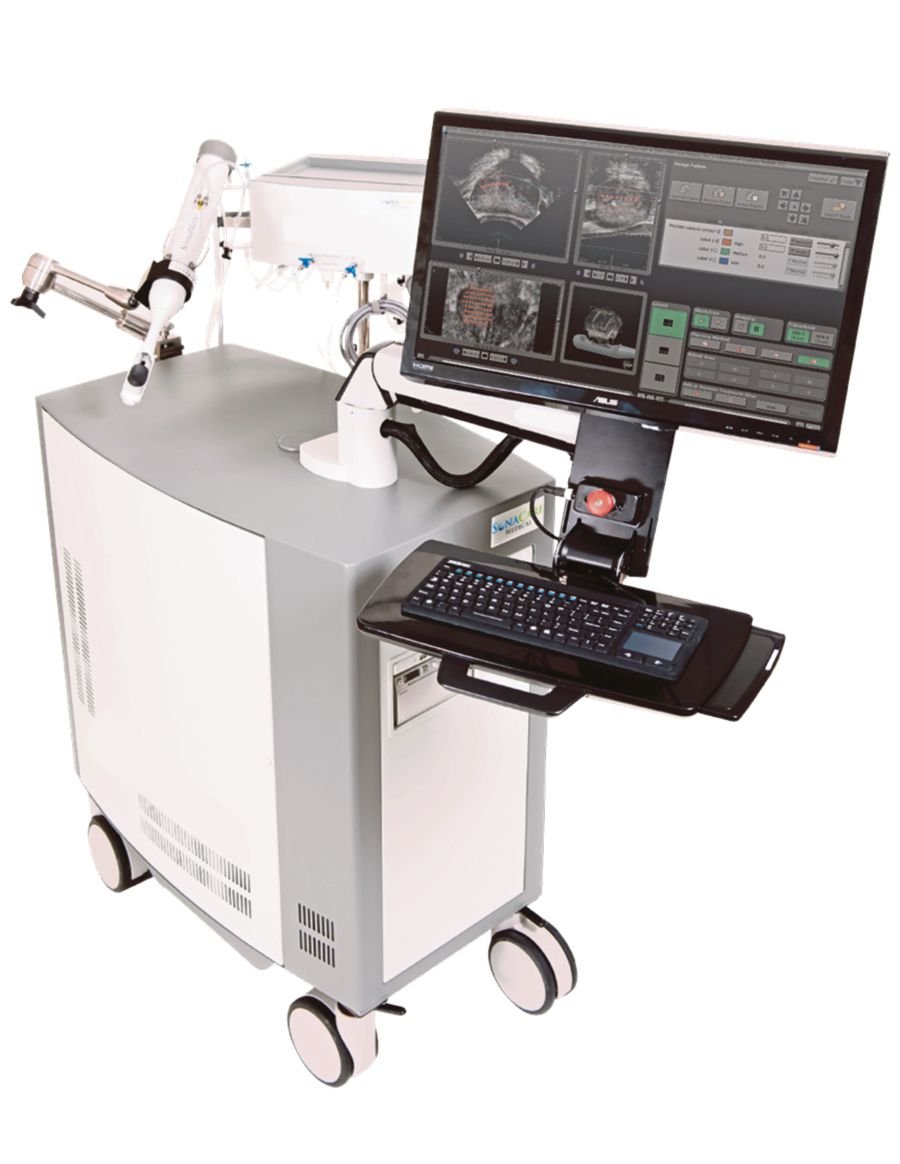PROSTATE cancer is the second most common cancer among men, according to the World Health Organisation.
In Malaysia it is the third most common male cancer and an increased incidence rate is seen after age 50, with the highest incidence occuring in the 70 to 74 age group.
Based on the Malaysian Prostate Cancer Registry data published in 2021, the average age of diagnosis is 70.
Age is the most important factor, says Island Hospital Penang consultant urologist Dr Sritharan Subramaniam.
"It is rare in men younger than 40, but the chances rise rapidly after the age of 50."
In Malaysia, the incidence rate is highest among Chinese men, followed by Indian and Malay men.
Dr Sritharan says family history is also important as in some cases, there may be an inherited or genetic factor, but the vast majority of cases occur in those without family history.
Other risk factors include obesity, smoking and a diet high in dairy products.
Unfortunately, most men in Malaysia are diagnosed with the disease in its later stages.
Dr Sritharan says about 70 per cent are diagnosed at stage 3 or 4, which means the cancer has grown out of the prostate.
"When we ask patients why they did not see a doctor earlier, the most common answer is that there was no pain.
"Most men associate pain with serious illness, and when there is no pain, the urinary symptoms which are present are often disregarded as part of growing old.
He explains that in early prostate cancer, there might not be any symptoms at all, or there might only be mild urinary symptoms such as slow stream, hesitancy, frequency or waking up at night to pass urine more frequently.
TREATING PROSTATE CANCER
In Malaysia, radical prostatectomy (surgical removal of the entire prostate gland along with lymph nodes) and radiotherapy are the conventional treatment options.
Patients who are fit generally undergo surgery, whereas those with a higher anaesthetic risk prefer radiotherapy, says Raja Permaisuri Bainun Hospital consultant and head of urology Dr L. Sivaneswaran.
Surgery can be either open, laparoscopic or robotics-assisted, but the waiting list in public hospitals can be as long as four to six months.
"Surgery also carries a risk of post-operative complications such as urinary incontinence and erectile dysfunction. This can be disheartening, especially for men who are still sexually active," says Dr Sivaneswaran.
Radiotherapy is not readily available at all public hospitals and also carries significant long-term complications such as cystitis, proctitis and urethral stricture.
High Intensity Focused Ultrasound (HIFU) has only recently been introduced in Malaysia as an alternative treatment option for prostate cancer.
It is currently being used to treat suitable patients in Raja Permaisuri Bainun Hospital, Island Hospital Penang and Pantai Hospital Ipoh with 30 cases done so far.
The method uses precise and accurately focused high intensity ultrasound to destroy and kill targeted tissue and cancer cells in a particular area.
It can be used to treat specific areas which harbour cancer cells, explains Dr Sritharan, and differs from the "whole gland" approach in surgical or radiation treatment of prostate cancer.
Dr Sivaneswaran explains that it is carried out as a daycare procedure under general anaesthesia. Targeted heat is delivered via the rectum to cancerous areas within the prostate without causing complications such as erectile dysfunction or urinary incontinence.
"The entire procedure takes one to two hours only. If the procedure is done in the morning, patients can go home by the evening of that same day."
In comparison, surgery usually requires a three-to five-day hospital stay, while radiotherapy calls for daily treatments for four weeks.
Even though HIFU is done under general anaesthesia, the requirements/criteria for the procedure are less than surgery, meaning some patients who are not fit for surgery can still undergo HIFU.
It also offers the added advantage of treating enlarged prostates at the same time, which improves urinary flow and symptoms.

At the moment, only patients with low to intermediate risk or early prostate cancer are suitable for HIFU, and survival rates are similar to those undergoing surgery based on a study published in London in 2021.
Dr Sivaneswaran says evidence is still lacking for high-risk patients, therefore these patients are currently not suitable candidates for HIFU.
Patients who have tumours growing out of their prostate or with cancer which has spread to other organs (stage 3 or 4) are also not suitable candidates.
However, patients who have undergone radiotherapy and developed an early recurrence of prostate cancer can undergo HIFU.
Potential complications from this procedure are urinary tract infections and urinary obstruction, but these occur only in a minority of patients, says Dr Sritharan.
Generally, after HIFU treatment, patients will need to use a urinary catheter for about a week, similar to those who undergo robotic surgery for prostate cancer.
At the end of the day, no two prostate cancer patients are the same, either in terms of disease characteristics, expectations of treatment, desire to avoid complications or pre-existing medical problems, says Dr Sritharan.
All these have to be considered when offering personalised treatment plans to the patient.

HIFU - FAST FACTS
• Suitable for patients with low to intermediate risk/early prostate cancer and those who develop tumour recurrence after undergoing radiotherapy.
• Less anaesthetic risk compared to surgery.
• Faster recovery and reduced hospitalisation.
• Lower incidence of urinary incontinence and erectile dysfunction after treatment.
BLOODLESS SURGERY
HIFU focuses low ultrasound power to very high intensity levels at the focal spot in the body through the curvature of its lens, much like sunlight through a magnifying glass.
For prostate cancer, the urologist can draw a well-defined "box" around the cancer target in the prostate, and HIFU energy is precisely deposited within the margins of this box, explains Karl Mueller Scientific Sdn Bhd chief executive officer Nerang S. Nagreh.
"This makes it possible for the surgeon to sculpt a treatment for each uniquely shaped prostate, delivering better outcomes with low complications."
Nerang says it is being used in over 50 countries worldwide, with over 20,000 men having benefited from HIFU for prostate disease.
"Top prostate centres all over the world are recognising the need for less radical and invasive treatment of early-stage prostate cancer."
The robotic HIFU system provides precision and control without the complications of open surgery, adds Nerang.
The use of such precision technology in medicine may, in the future, expand to the treatment of other diseases — such as those related to the thyroid and breast — and will bring clinical benefits to patients and offer alternatives to conventional surgery






